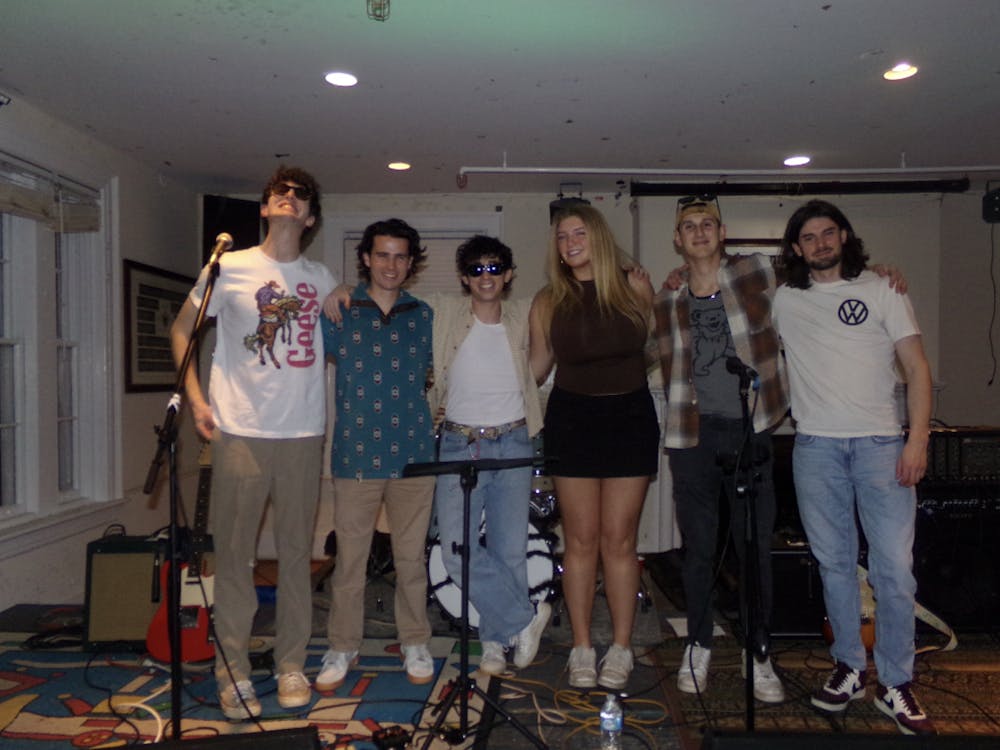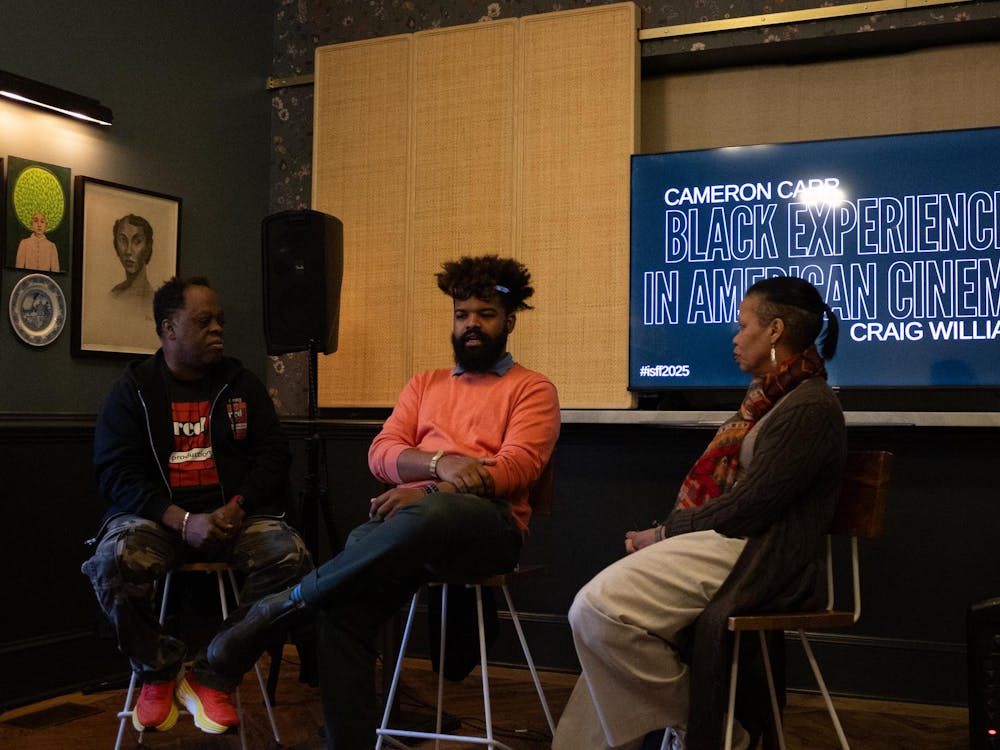Rappers these days can be put into a few different camps: the holdovers from the golden age of hip-hop — emcees who emphasize lyricism, storytelling, technical dexterity and often some sort of message — and, on the opposite spectrum, energetic rappers who rely on adrenaline and sonic bombast, rather than lyricism, to make loud, instantly gratifying music. And then, there’s Danny Brown.
In the past few years, Brown has cemented his spot as one of the few idiosyncratic individuals in the modern hip-hop landscape; he has an unconventional style and defies categorization. Brown’s primary asset, however, is the aesthetic quality and diversity of his music, and his ability to channel two starkly different personas: the drug-addicted, neurotic party freak, and the introspective and reflective storyteller.
This dichotomy was highlighted on Brown’s second album “XXX”: the first half of the album consisted of freaky, fun tracks about partying, drugs and Danny’s humorous sexual escapades. The second half, however, was much more serious, dealing with Danny’s unpleasant past and anxieties about his current life. The album was hailed as a successful experiment and everyone was eager to hear what Danny came up with next.
Brown’s third studio album “Old” contains many trademarks of his style; though Brown is not the most technically proficient or structurally complex rapper, he does know how to deliver over a variety of different beats. Compare, for example, his manic, drug-fueled yelp on “Break It (Go)” with his smooth lines on “The Return.” His beats are as weird as we could have liked, and allow Danny to dodge through the surreal trap beats of Rustie and the grimy psychedelia of Paul White at the speed we have come to expect from the man.
“Old” is also structured along a similar, though reversed, pattern as “XXX.” The first half is laced with stories from Brown’s early life and his unusual insight into life in the hood. “In the kitchen / oven open for the heat,” raps Danny on quality album opener “Side A (Old),” a haunting track that finds Brown recounting gritty details from life growing up poor in Detroit. Other tracks, like “25 Bucks” and “Wonderbread,” act as vignettes highlighting tough moments in Brown’s early life.
The first side of “Old” is particularly resentful of the memories he has from his early, drug-dealing days. Though many rappers glorify such experiences, making heavy references in their music to gain credibility, Brown sounds genuinely haunted by his past.
Just as “Side A” finds Danny painfully recounting his memories, “Side B” paints a picture of the parties, drugs and debauchery that Brown uses to escape from this pain. Although this half is stylistically grounded in party rap, a sinister self-awareness pervades the tracks, making them both electrifying and thoroughly interesting. “Dip” is a freaky track about Molly, which sounds like it was recorded while on Molly, and deals as much with Brown’s escapist use of the drug to “kill this pain” as with the supposed benefits of the drug.
Brown sounds genuinely zoinked on “Kush Coma,” where he raps about smoking to medicate his pain. Even on straightforward party tracks like the A-Trak-produced slammer “Smokin’ and Drinkin’,” you can hear the frantic desperation as he screams “Please oh Lord, oh Lord, I need your help again / took too many pills, and I think I hear my heart beating.”
Sure, there may be the occasional traditional banger like “Handstand” — it’s about twerking and not much else — but working as a whole, the record is a great collection of various hip-hop tropes, twisted out of their natural shape and into a style that can only belong to Brown himself. Folks will surely say the album is scattered, or there is a lack of focus, but in this lies the genius of “Old;” Brown carefully fills in the spaces between these scattered elements, and makes it clear that the reflective storyteller and the deranged party-animal are both sides of the same coin.






